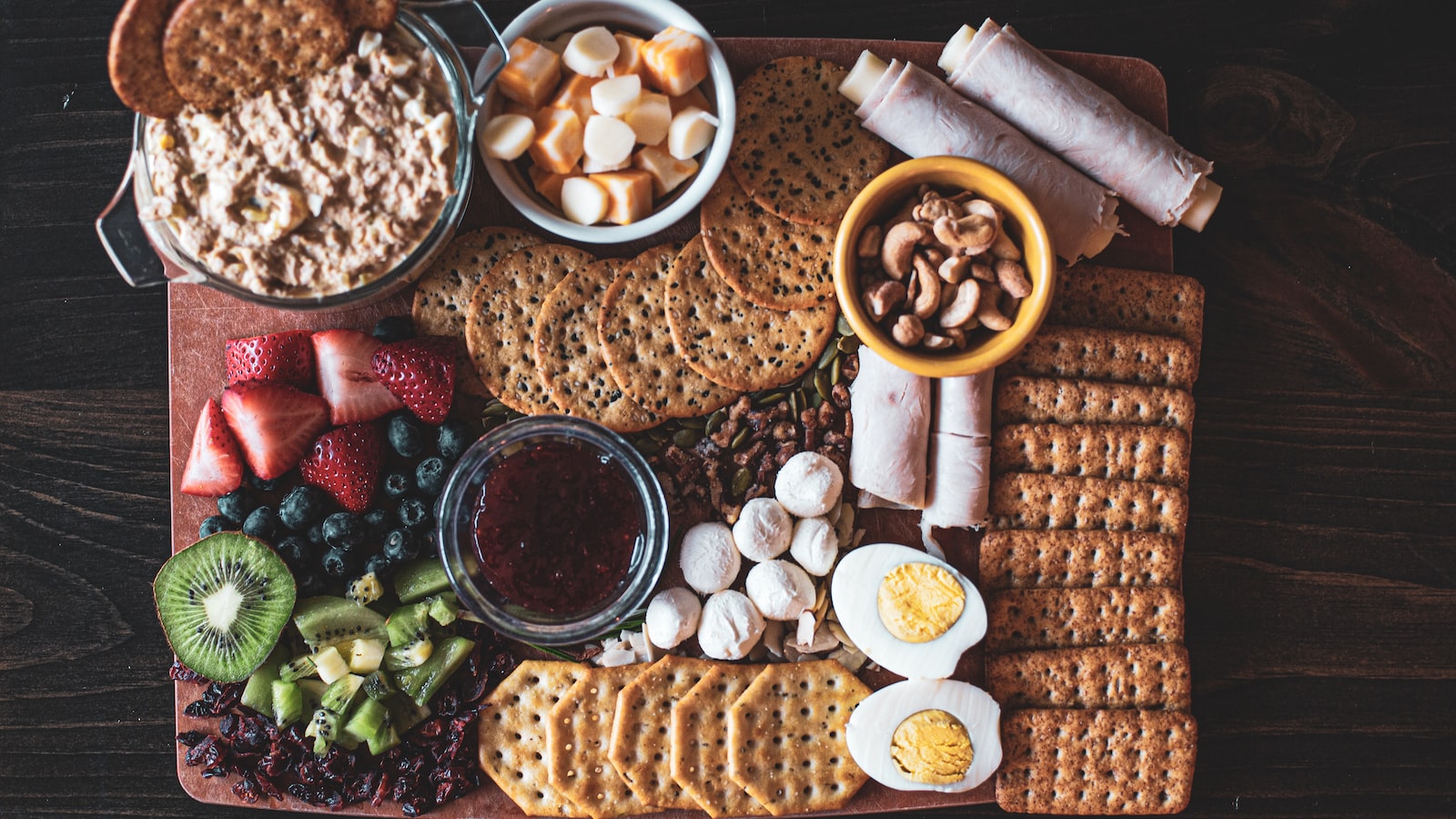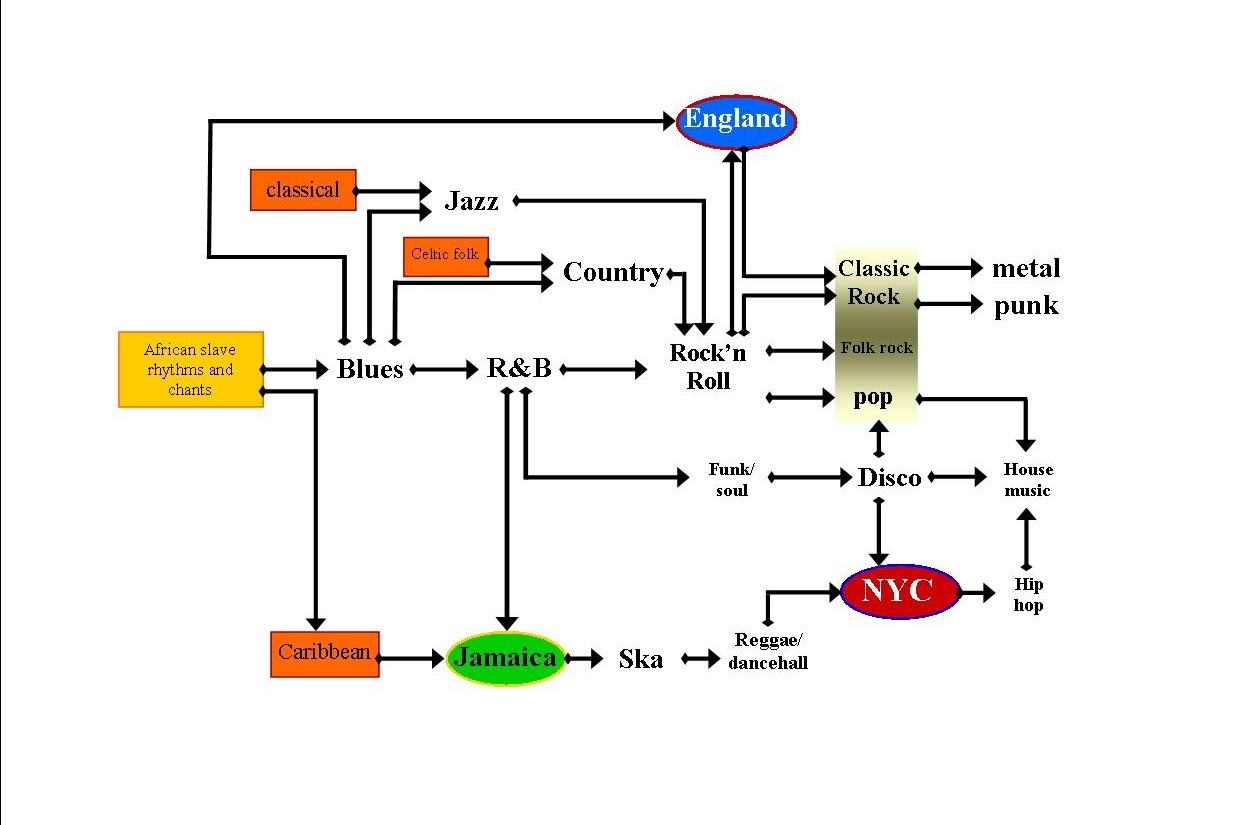When it comes to creating an unforgettable night, a DJ’s setlist is key. Crafting the perfect setlist for a gig – be it a rave, club night, birthday bash, or album launch – is no easy feat. With the right combination of tunes, a DJ can take their audience on a musical journey. To guarantee the ultimate night, take a look at these essential tips for crafting the perfect setlist.
1. Understanding Audience Preferences
is a key step in creating compelling and effective content. Knowing who your target audience is and what interests them can help you create the right type of content that will appeal to them and drive engagement.
Ideally, you should start by understanding their demographics, interests, and values. Consider factors like age, gender, education level, and geographical location. This comes in handy when you focus on topics that captivate them such as:
- Current news they’re interested in and how they feel about them.
- Industry trends they want to have more information about.
- Concerns, experiences, hobbies, challenges, and opinions they would like to share.
Take the time to truly understand the preferences of your audience. This may involve creating online surveys, polls, and conducting interviews. Doing research and studying customer feedback is also a great technique to gain valuable insights into who your target audience is and what they want from content.

2. Preparing a Diverse Setlist
The building blocks of a successful setlist are preparing a good mix of songs. Having a wide array of music styles helps keep the audience’s attention and creates a dynamic atmosphere. Here are a few tips that can help you diversify your setlist.
- Group old/new songs: Start by including classic songs and add in new material or covers. This keeps your setlist fresh and helps it evolve over time.
- Utilize audience requests: Ask your audience what kind of music they like to hear. This way, you can create setlists that people can relate to.
- Choose genres and tempo: Include different genres and varying tempos in your setlist. This makes for a more dynamic performance, and can keep your audience engaged.
However, it’s also important to remember that setlists are subjective. Just because a setlist may be thought of as diverse, it doesn’t mean everyone will feel the same way. Experimenting with different setlists to find the right mix is key.

3. Utilizing Various Musical Genres
Music is one of the most powerful mediums to express emotion and creativity. In fact, every style of music has its own unique sounds, timbres, and rhythms. Having a keen knowledge of various music genres helps us better utilize them in our artistic endeavors.
Here are some tips to help use different musical genres successfully:
- Listen to a variety of genres — knowing music theory is a great tool for understanding the components and nuances of composition.
- Be mindful of how each genre’s melodic, harmonic, and rhythmic characteristics are used in different contexts.
- Experiment with combining two or more genres to create a new type of sound.
- Challenge yourself to find unique ways to craft music within and across genres.
Understanding different music genres is essential for the modern composer. As with any skill, the more you practice, the better your musical craftsmanship will become.

4. Creating an Engaging Flow of Music
Making sure your event has a great flow of music can be one of the biggest key factors to make it successful. The ability to engage and uplift your guests can be the difference between your event standing out, or being just another event.
Here are some tips to make sure you create an engaging flow of music at your event:
- Create a playlist that matches the mood of the event. Think about the time of day and the overall atmosphere you want to create.
- Incorporate at least one song from each current decade so that everyone can relate, regardless of age.
- Don’t underestimate the power of a great segue. Match tempos, transitions, and keys when moving between songs.
- Provide variety and interest by blending mainstream and up-and-coming artists to keep your audience engaged.
- Avoid playing songs with explicit lyrics, if the crowd is demographically mixed.
Utilizing these tips can help ensure a great flow of music to your event, so your guests will be dancing all night long!
With the right planning and confidence, you can now create the perfect setlist and own the stage. Spice up your set with a little something special, and break the rules of traditional DJing. When you look out into the crowd and feed off their energy, you’ll realize there is nothing quite like the feeling of spinning your setlist exactly as you’d imagined.

